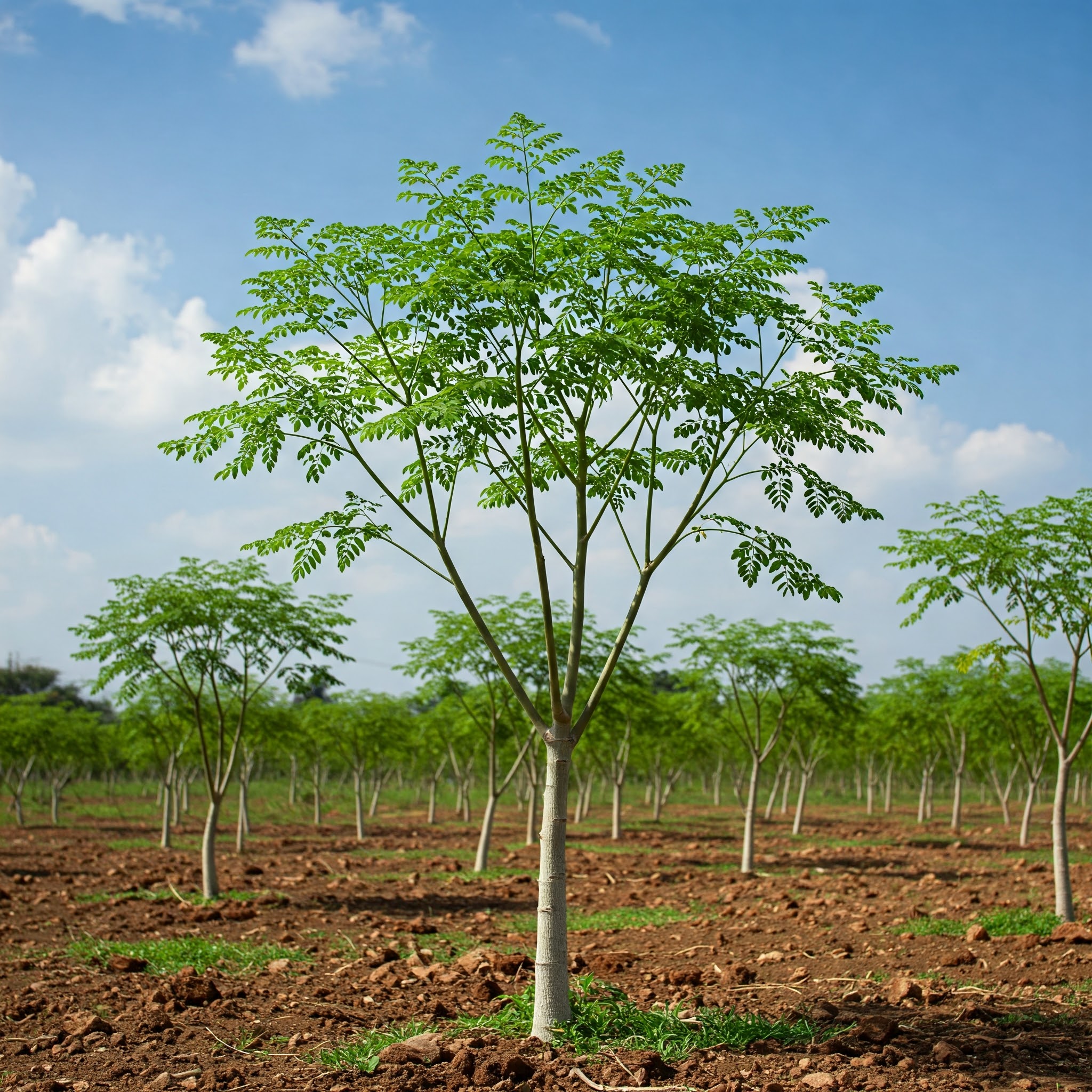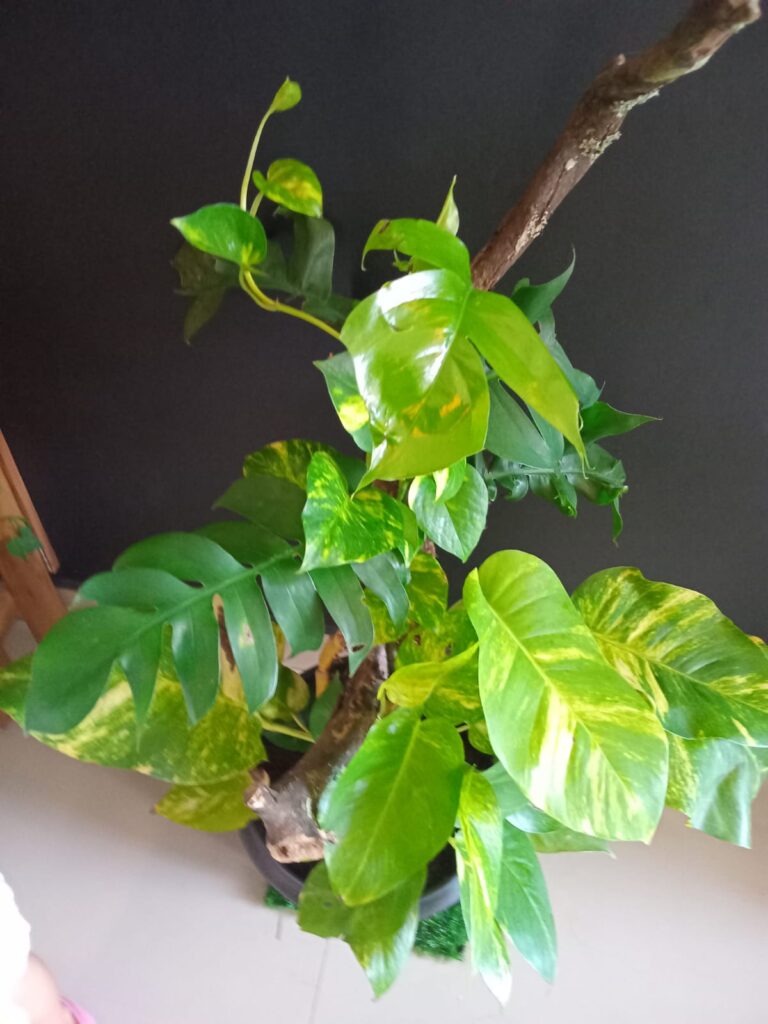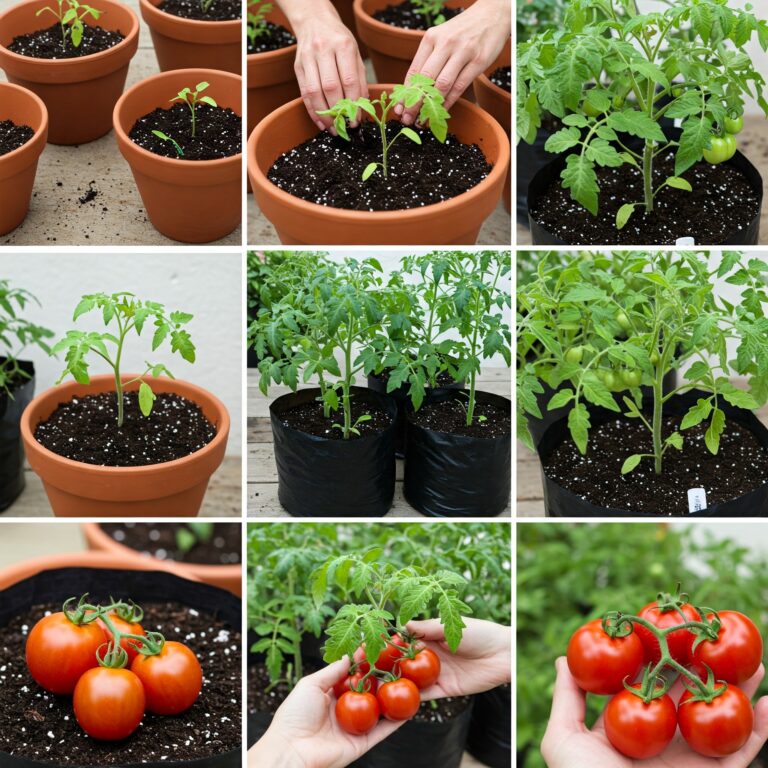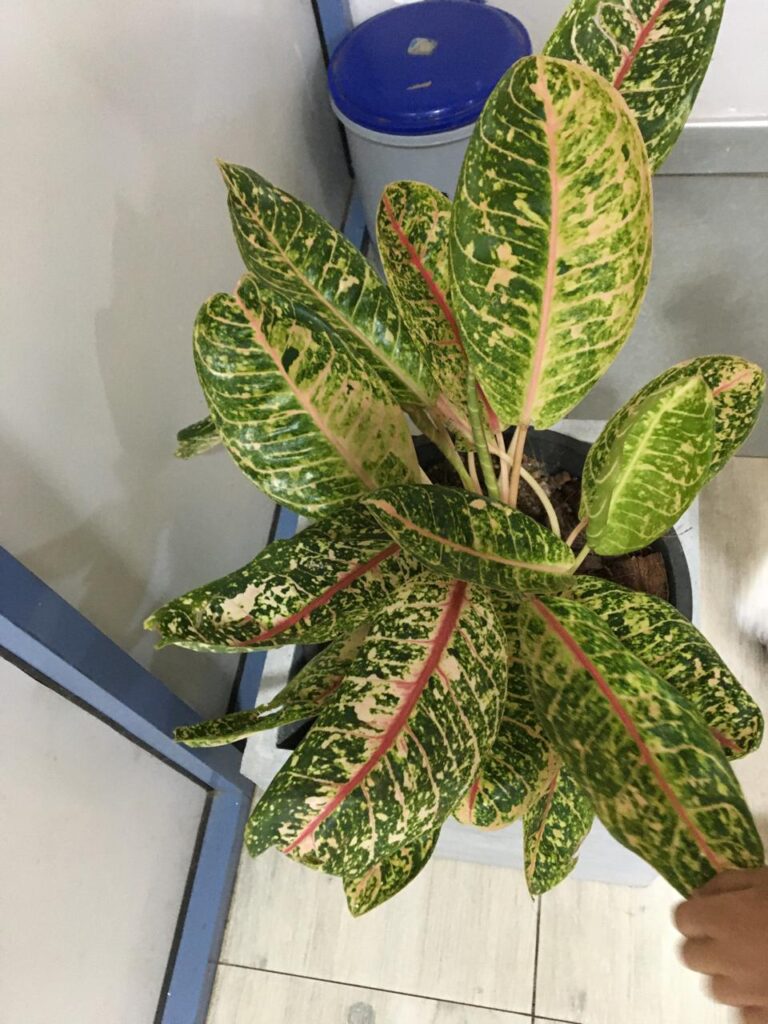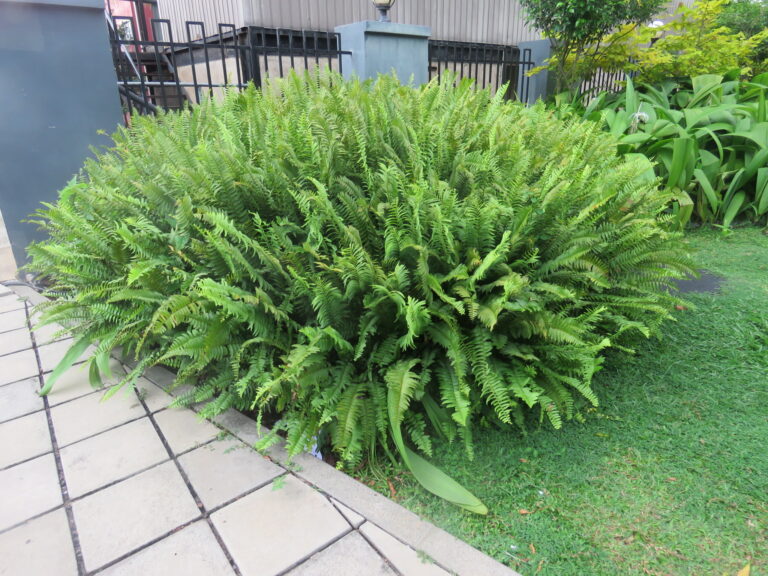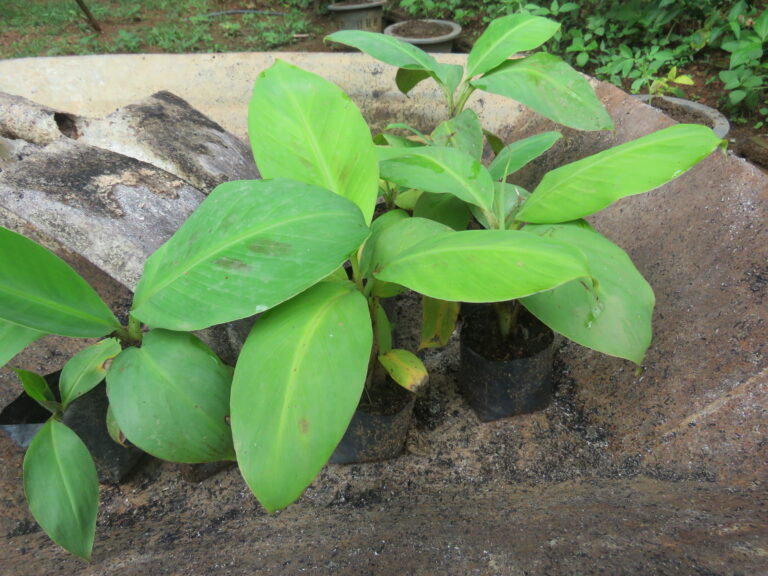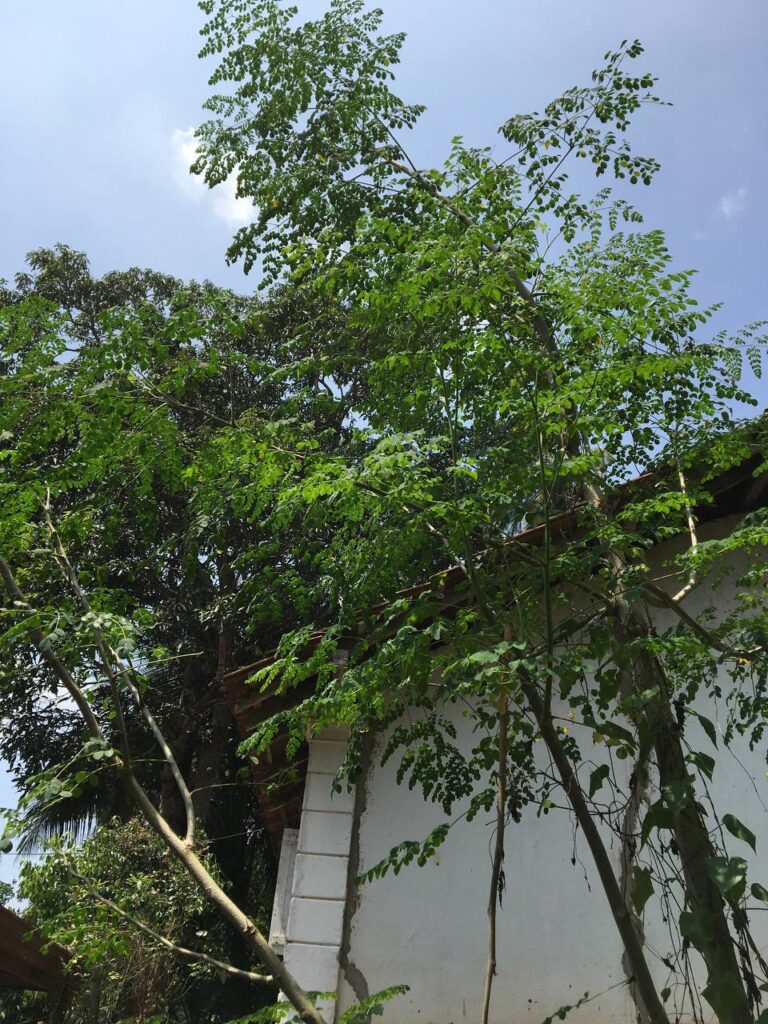
What could be more pleasant than strolling into your yard and gathering the robust leaves of a moringa tree that is flourishing? With a growth rate of 10 feet (3 meters) in its first year, this drought-resistant tree is perfect for home gardens.
Native to Bangladesh and India’s Himalayan foothills, the moringa tree (Moringa oleifera) is also referred to as the horseradish tree or drumstick tree. But because of its versatility, it is now grown all over the world, including in the West Indies, the Philippines, Jamaica, Cuba, India, Egypt, Africa, Pakistan, and warm U.S. states like Florida and Hawaii. This tree will flourish anywhere there is a tropical or subtropical climate.
1. Selecting Appropriate Growing Environments
Climate: It can withstand light frost and grows best in warm weather (77–86°F/25–30°C). Sunlight: Needs six hours or more of direct sunlight each day. Soil: Prefers sandy or loamy soil that drains well and has a pH of neutral. To avoid root rot, stay away from thick clay or wet soil.
2. Growing Moringa
From Seeds
To increase germination, soak seeds in water for the entire night. Sow seeds in well-draining soil 1 inch (2.5 cm) deep. For several trees, plant seeds 5 feet (1.5 m) apart. Keep the soil damp but not wet by giving it light watering. The seeds will sprout in one to two weeks.
From The Cuttings
From an established tree, pick a branch that is 3 feet (91 cm) long. For improved roots, cut both ends at a diagonal angle. Plant the cutting ⅓ either directly in the ground or in a large container, deep in the soil. Until new leaves grow, keep the soil moist and water it sparingly.
Maintaining Moringa Trees
1. Watering
During the growing season, water once a week. Insert your finger up to the second knuckle to check the moisture content of the soil; if it’s dry, water softly. To prevent root rot, cut back on watering during the winter or wet seasons.
2. Applying fertilizer
During the growing season, use a balanced fertilizer every two months. To increase soil nutrients, apply compost or organic manure.
3. Cutting back
Pruning branches on a regular basis will help you manage height and promote bushy growth. To encourage robust root development, remove blossoms in the first year. To keep the tree manageable, trim it down every year to 3–4 feet (1 meter).
4. Transplanting Moringas in Pots
When immature moringas reach 6 to 8 inches (15 to 20 cm), move them to larger pots. Make use of a mix that drains properly (85% soil, 10% sand, 5% compost).
5. Winter Defense
Moringa should be grown in containers in colder locations and brought indoors when the temperature falls below 32°F (0°C). If keeping outside in the winter, use a greenhouse or an insulated covering.
Harvesting Moringa

1. Harvesting Leaves
When the seed pods reach a diameter of 3/8 to 1⁄2 inches (9.5 to 12.7 mm), they should be harvested. Seed pods, often known as “drumsticks,” can be used in teas and cuisines. If you wait for them to ripen, the inside may become stringy and less palatable.
2. Pod Harvesting (Drumsticks)
For optimal flavor, select pods that are between 9.5 and 12.7 mm (⅜ to ½ inch) in diameter. Before eating, boil the pods since the outer shell is fibrous and the interior flesh is palatable.
3. How to Dry and Store Leaves
Dry the leaves in a dehydrator or by hanging them. Once the leaves feel crinkly and crispy, remove them from the stem by hand. To grind them into a powder, use a food processor or grinder .
Moringa powder can be added to any meal 1 tsp at a time.
The leaves can also be dried or eaten fresh.
Common Moringa Problems & Solutions
| Problem | Cause | Solution |
|---|---|---|
| Yellowing leaves | Overwatering | Reduce watering and improve soil drainage. |
| Slow growth | Poor soil nutrients | Add compost or organic fertilizer. |
| Pests (Aphids, Caterpillars, Stem Borers) | Sap-sucking insects | Spray with neem oil or Bacillus thuringiensis (Bt). |
| Fruit flies on seed pods | Attracted to flowers & pods | Use yellow sticky traps and harvest pods early. |
| Root rot | Waterlogged soil | Improve drainage and avoid overwatering. |
Why Grow Moringa?
Moringa is filled with antioxidants as well as necessary vitamins and minerals. People have eaten moringa to help combat inflammation, arthritis, stomach pains, and asthma. The seeds, fruit, and leaves can all be consumed. Used for natural medicine, food, and water purification.
The roots of moringa have the aroma of horseradish and should not be eaten, since they contain toxins.
With minimal maintenance, moringa can supply fresh, nutrient-rich food directly from your backyard.

